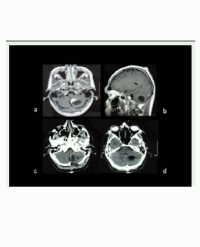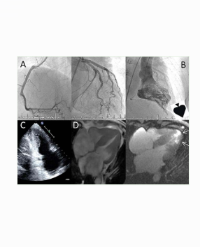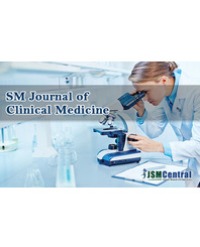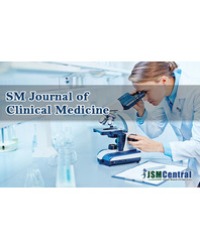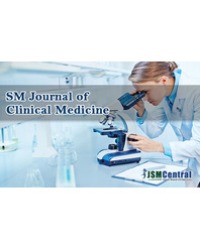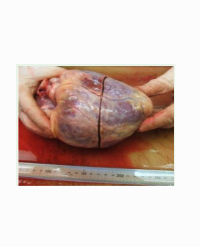
Histochemical Characteristics of Myocardium Obtained from Two Huge Cardiomegaly with Over 1000g in Weight
We encountered two autopsy cases of huge cardiomegaly with over 1000g in weight. Histochemical characteristics were examined using conventional staining including HE and Azan stains and immunohistochemical staining using antibodies against Complement Component 9 (CC9), RNA Binding Protein Motif 3(RBM3), Endothelial Type NO Synthase (eNOS) and Hypoxic Inducible Factor1α (HIF1). The reactive area with anti CC9 antibody, which presumed to be a marker of hypoxic change of myocardium, overlapped with eosinophilic area by HE and basophilic one by Azan. Although the reactive area with anti CC9 antibody showed relatively weak in the cytoplasm by anti eNOS antibody and no in the nucleus of cardiocytes with anti RBM3 antibody, outside of the reactive area with anti CC9 antibody there were intensive reactivity with anti eNOS antibody in cytoplasm and in a nucleus with anti RBM3 antibody. Anti HIF1 antibody showed weak reactivity with cytoplasm of endocardial cardiocytes and no with cytoplasm of cardiocytes in another area. The results obtained from the present cases revealed that the hypoxic change was equivalent even though the cause of cardiomegaly was deferred between two cases, and conventional staining such as HE and Azan utilized to detect hypoxic change in the heart and immunohistochemical studies seemed to be a useful tool for clarifying the cascade of hypoxic changes in the myocardium.
Satoshi Furukawa1,2*, Mayumi Kataoka1 , Satomu Morita1,2, Akari Uno2 , Masahito Hitosugi2 , Hiroshi Matsumoto1,3 and Katsuji Nishi1,2

